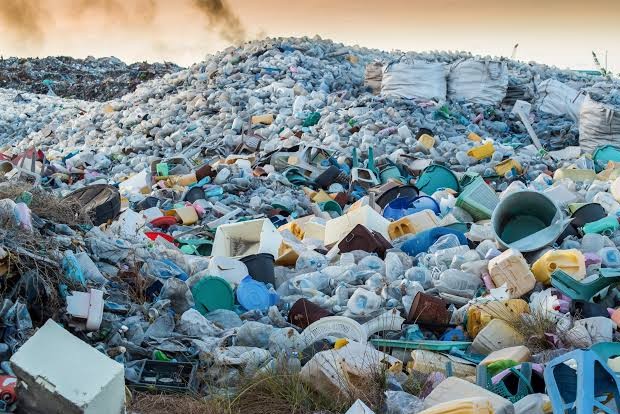The pandemic has generated more than eight million tonnes of plastic waste globally, with over 25,000 tonnes of it entering the oceans, according to a study
The research, published in the journal Proceedings of the National Academy of Sciences, found that a significant portion of this ocean plastic debris is expected to make its way onto either beach or the seated in three to four years
They incorporated data from the start of the pandemic in 2020 through August 2021, finding that most of the global plastic waste entering the ocean is coming from Asia, with hospital waste representing the bulk of the land discharge
The study stresses the need for better management of medical waste in developing countries
The researchers found that most of the global plastic waste from the pandemic is entering the ocean from rivers
Asian rivers account for 73% of the total discharge of plastics, with the top three contributors being the Shatt al-Arab, Indus, and Yangtze rivers, which discharge into the Persian Gulf, Arabian Sea, and the East China Sea
European rivers account for 11% of the discharge
The waste is intensifying pressure on an out-of-control global plastic problem
A smaller portion will go into the open ocean, eventually be trapped in the centers of ocean basins, which can become garbage patches, and accumulate in the Arctic Ocean
The model shows that about 80% of the plastic debris that transits into the Arctic Ocean will sink quickly, and a circumpolar plastic accumulation zone is modeled to form by 2025
The pandemic has led to an increased demand for single-use plastics such as face masks, gloves, and face shields
The team used a newly developed ocean plastic numerical model to quantify the impact of the pandemic on plastic discharge





















